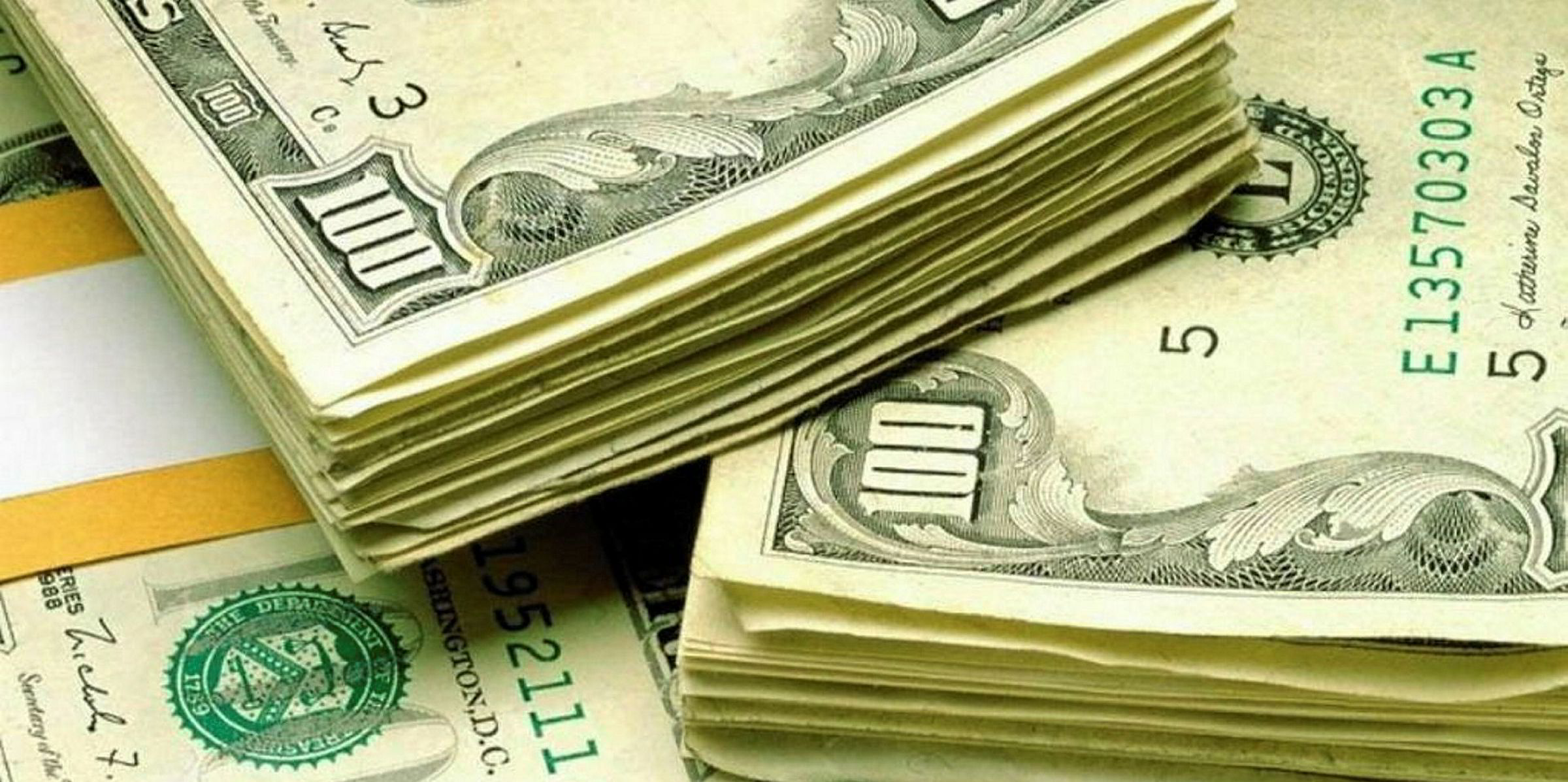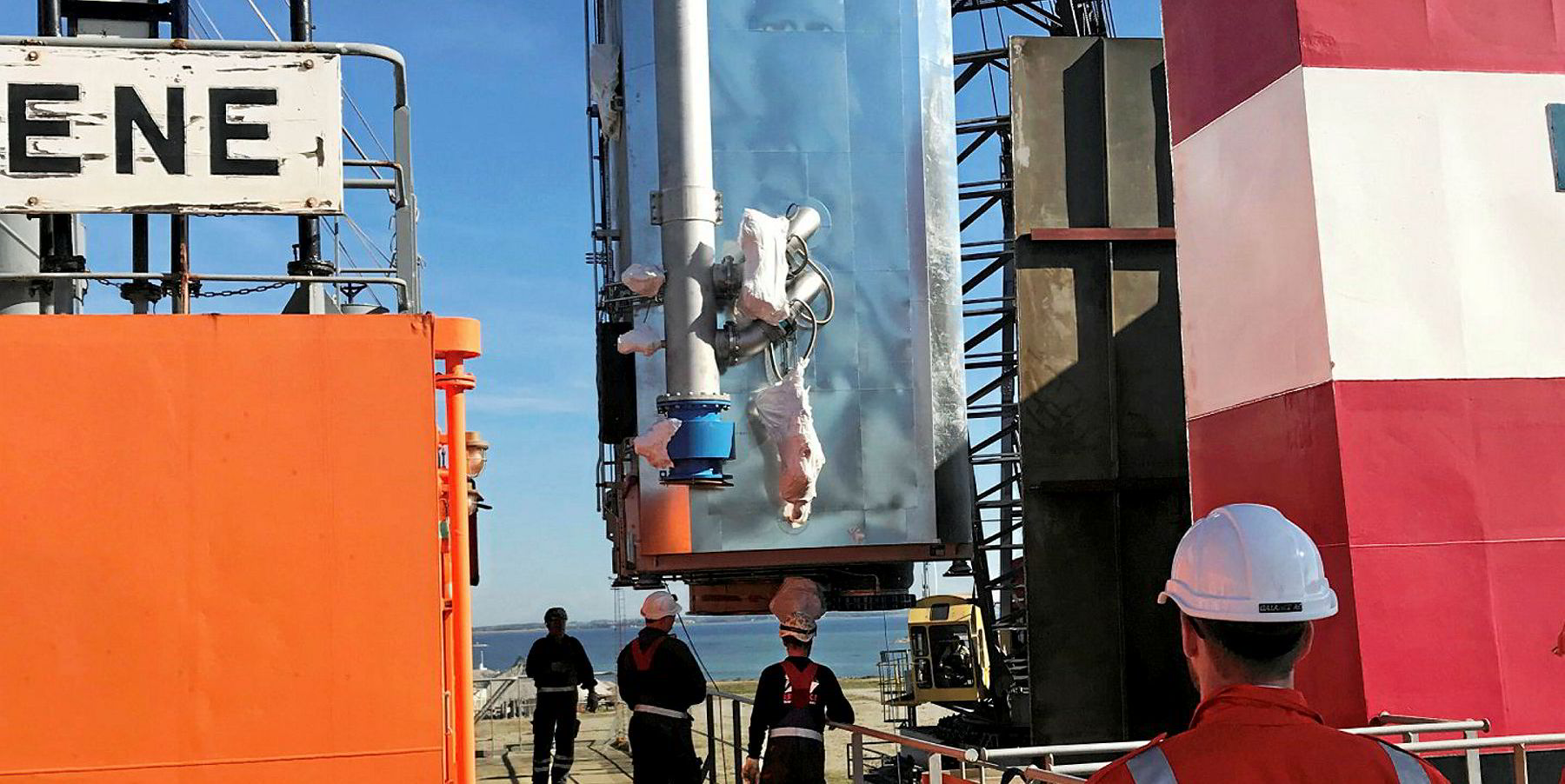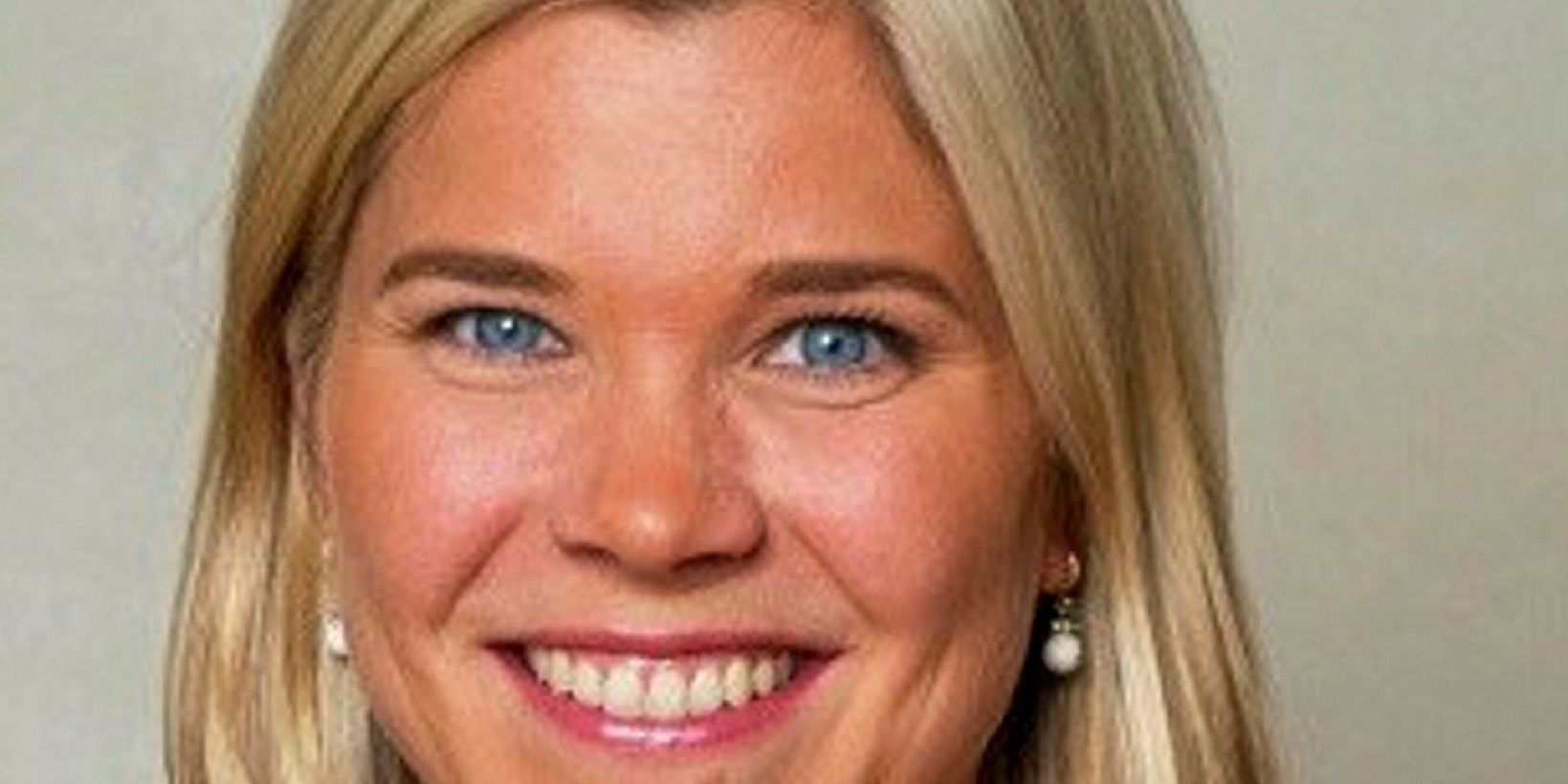A stampede to the yards for scrubber retrofits may spell trouble for regular dry-docking customers this year as shipowners face the IMO 2020 emissions limits deadline.
The scheduling of dry-docking time and the pricing of repair yard services are expected to show the effects of competition with scrubber retrofit customers, although some believe the price difference will not be dramatic until the second half of this year.
TradeWinds has previously reported on the threat of severe queuing for the emissions control equipment, but shiprepair and scrubber specialists now expect the queue to have knock-on effects. Customers for special surveys and other regular maintenance will have to compete with a crowd of shipowners of mostly large vessels that have put off the inevitable retrofits as long as possible and now must act all at once.
By the middle of the year, thanks to the bunching up of orders, yards should be able to make a credible case for demanding higher rates for dry-dock time as slot availability tightens.
"This year almost all of the repair-orientated shipyards in China will be very busy installing scrubbers, and it will have a lot of influence on the regular shiprepair business," said Chen Yong, president of IMC Yongyue (IMC-YY) Shipyard in Zhoushan.
Chen does not believe the price of dry-docking will spike dramatically, at least during the first half of this year.
But others are already seeing price effects.

'Increase prices'
"The yards we work with are telling us they will have to increase prices because of the increasing demand — probably a minimum of 10% to start with," Newport Shipping's Xia Lianghui said. "All the repair yards are increasing the price. That community is a small world, so it's not about any particular yards."
A former sale-and-purchase broker, Xia markets both scrubber retrofits and conventional shiprepair services in Oslo for Newport, a Turkish shiprepair and dry-docking company.
Retrofitting is time consuming. It can take about three times as long as a dry-docking, but it is not three times as profitable
Xia Lianghui, Newport Shipping
"Retrofitting is time consuming," Xia said. "It can take about three times as long as a dry-docking, but it is not three times as profitable."
Some of the work of retrofitting can be carried out alongside or even under way at sea, as Stena RoRo has done with some of its ferries, Stena RoRo chief executive Per Westling told TradeWinds.
Retrofits take time
But installation typically requires some time in the dry dock, especially for more intrusive closed-loop and hybrid scrubber installation systems.
Chen puts the time frame for a retrofit at between 25 days and one month. Typically, about five days of that would have to be spent in dry dock. But even while at berth, retrofit ships will be taking up a disproportionate share of a yard's lifting and transport facilities, and labour.
Relatively few scrubber installations have actually been completed so far in proportion to expected demand — and, with a lead time of between eight and nine months and a year for manufacturers, Xia said the real crunch still lies ahead.
Adding to the spectre of queuing is talk that some shipowners, who made early and well-publicised orders of scrubber equipment, have had problems getting equipment completed and delivered on time, despite taking an equity stake in the manufacturer.
Some major Chinese yards, such as CSSC Huangpu Wenchong Shipbuilding Co in Guangzhou, are said to have decided against doing scrubber retrofits.
Some already fitted
But many yards and contractors have already sent one or more contracted ships on their way with kit installed. IMC-YY has finished one VLCC and will start the next vessels next month following Chinese New Year. Newport, which announced late last year that it had pre-ordered 100 scrubber sets, has started work installing one.
Meanwhile, Xia said owners who have put off a decision will find themselves paying for it. Scrubber prices are likely to see a sharp increase, thanks to tighter yard time and increasing prices for the physical product.
Xia believes owners will now be paying about $3m for a scrubber unit they could have ordered and installed for $2m just six months ago — and he expects that trend to continue.
"Supply will just get tighter and costs will just get higher," he said. "Our own model is to address both these bottlenecks by locking in prices with our pre-ordered scrubbers and locking in yard time by pre-booking slots at our yard customers. It's going to be a capacity issue."





